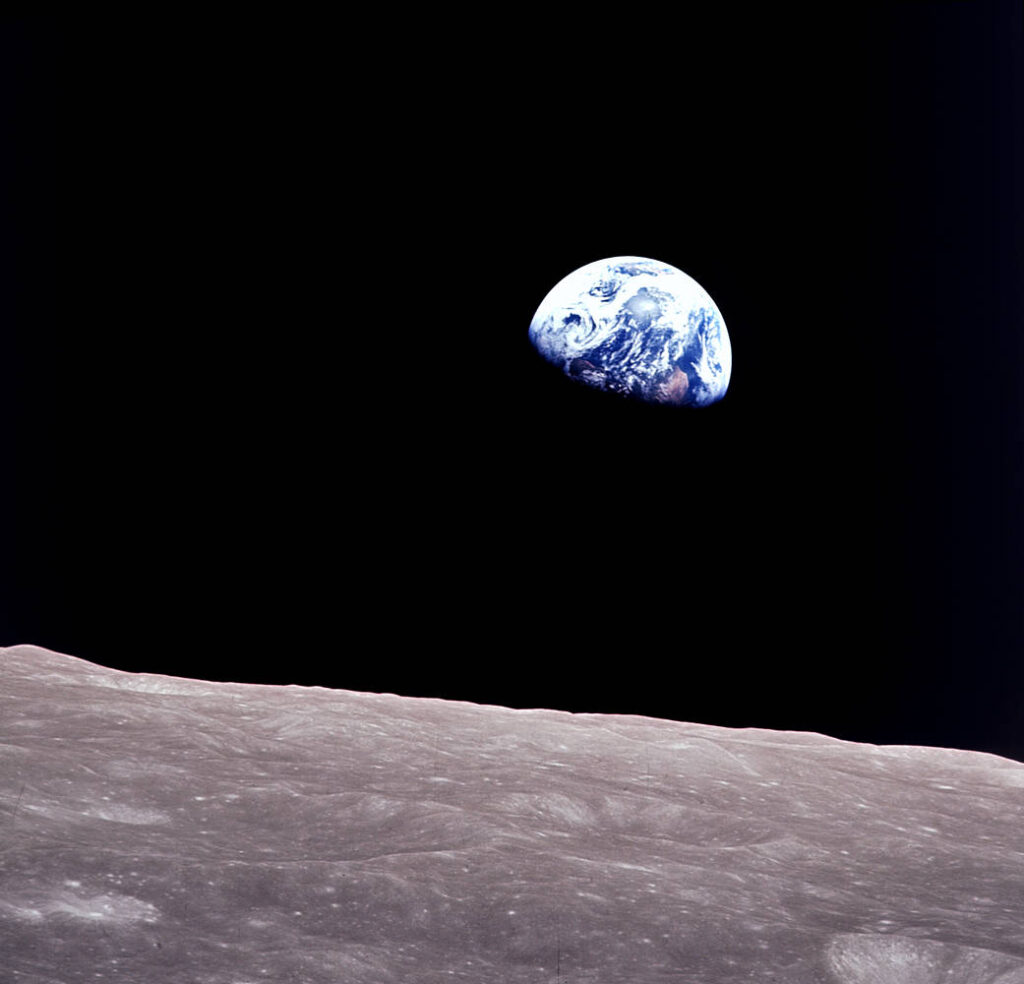
- 10,628 orbits around Earth (as of the start of Feb 11, 2015)
- 418,921 images acquired (409,305 on WRS-2 + 9,616 pre WRS-2 as of Feb 10, 2015 at 4:45 pm CT)
- 2,794,746 Landsat 8 Level 1 products freely downloaded from USGS (between first availability and Feb 10, 2015)
…and the count continues. Happy Birthday Landsat 8.
Thanks to Terry Arvidson, Gene Major, and Linda Owen for compiling these statistics.






